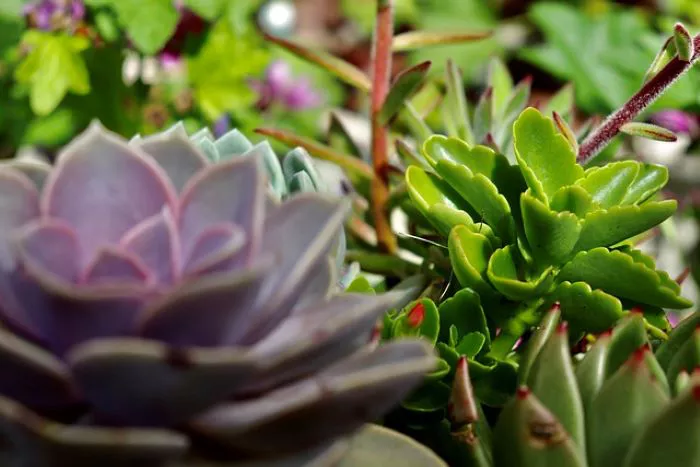Succulents are popular houseplants known for their unique shapes and low maintenance needs. However, as they grow, they may become overgrown and require repotting. Repotting is essential for the health of the plant. It provides fresh soil, more space for growth, and improved drainage. This article will guide you through the process of repotting overgrown succulents. You will learn when to repot, how to do it correctly, and how to care for your newly repotted plants.
Recognizing the Need to Repot
The first step in repotting succulents is recognizing when they need it. Overgrown succulents show several signs that indicate it is time for a new pot. These signs include roots growing out of the drainage holes, stunted growth, and yellowing leaves. If the leaves appear shriveled or if the plant looks top-heavy, it may also need repotting.
Another indication is if the soil dries out too quickly after watering. This can mean that the plant has outgrown its current pot and is not able to retain moisture effectively.
Choosing the Right Time to Repot
The best time to repot succulents is during their active growing season. For most succulents, this is in the spring and early summer. Repotting during this time allows the plant to recover more quickly and establish itself in its new pot. Avoid repotting during the winter months when succulents are typically dormant.
Selecting the Right Pot and Soil
When repotting succulents, choosing the right pot is crucial. Select a pot that is one size larger than the current one. For example, if the succulent is in a 4-inch pot, move it to a 6-inch pot. Make sure the new pot has drainage holes to prevent water from accumulating at the bottom.
The type of soil used is equally important. Succulents require well-draining soil to thrive. You can purchase a commercial cactus or succulent mix, or you can make your own by mixing regular potting soil with sand or perlite. A good ratio is two parts potting soil to one part sand or perlite. This mixture will help ensure proper drainage and aeration.
Preparing for Repotting
Before you begin repotting, gather all necessary materials. You will need a new pot, fresh soil, gloves, and tools such as a trowel or small shovel. If your succulent has sharp spines or leaves, consider using a pair of tongs or wearing gloves to protect your hands.
Begin by gently removing the succulent from its current pot. To do this, hold the base of the plant and gently pull it out. If the plant is stuck, tap the sides of the pot or squeeze it gently to loosen the soil. Be careful not to damage the roots during this process.
Repotting the Succulent
Once you have removed the succulent from its old pot, inspect the roots. Trim any dead or rotting roots with clean scissors or pruning shears. Healthy roots should be firm and white. If the roots are brown and mushy, they may be rotting and should be cut back.
After preparing the roots, add a layer of fresh soil to the bottom of the new pot. Place the succulent in the center of the pot and fill in around the sides with more soil. Ensure that the top of the root ball is slightly below the rim of the pot. This allows space for watering without overflow.
Gently press the soil down to eliminate air pockets, but do not compact it too tightly. Water the plant lightly after repotting to help settle the soil. Be cautious not to overwater, as succulents are sensitive to excess moisture.
Caring for Repotted Succulents
After repotting, it is essential to provide proper care for your succulent as it adjusts to its new environment. Place the newly repotted plant in a location with bright, indirect sunlight. Avoid direct sunlight for the first few days to prevent stress on the plant.
Do not water immediately after repotting. Allow the plant to acclimate for about a week before watering. This helps prevent root rot, as the roots may have been disturbed during the repotting process. After the acclimation period, water the succulent thoroughly, allowing excess water to drain out of the bottom.
In the following weeks, monitor the plant for signs of stress. Look for any changes in color or leaf texture. If the leaves start to shrivel, it may need more water. Conversely, if the leaves turn yellow or mushy, it may be receiving too much water.
Conclusion
Repotting overgrown succulents is a straightforward process that can significantly improve the health and appearance of your plants. By recognizing the signs that indicate a need for repotting, choosing the right time and materials, and following proper techniques, you can ensure successful repotting. With the right care, your succulents will thrive in their new environment, allowing you to enjoy their beauty for years to come.


